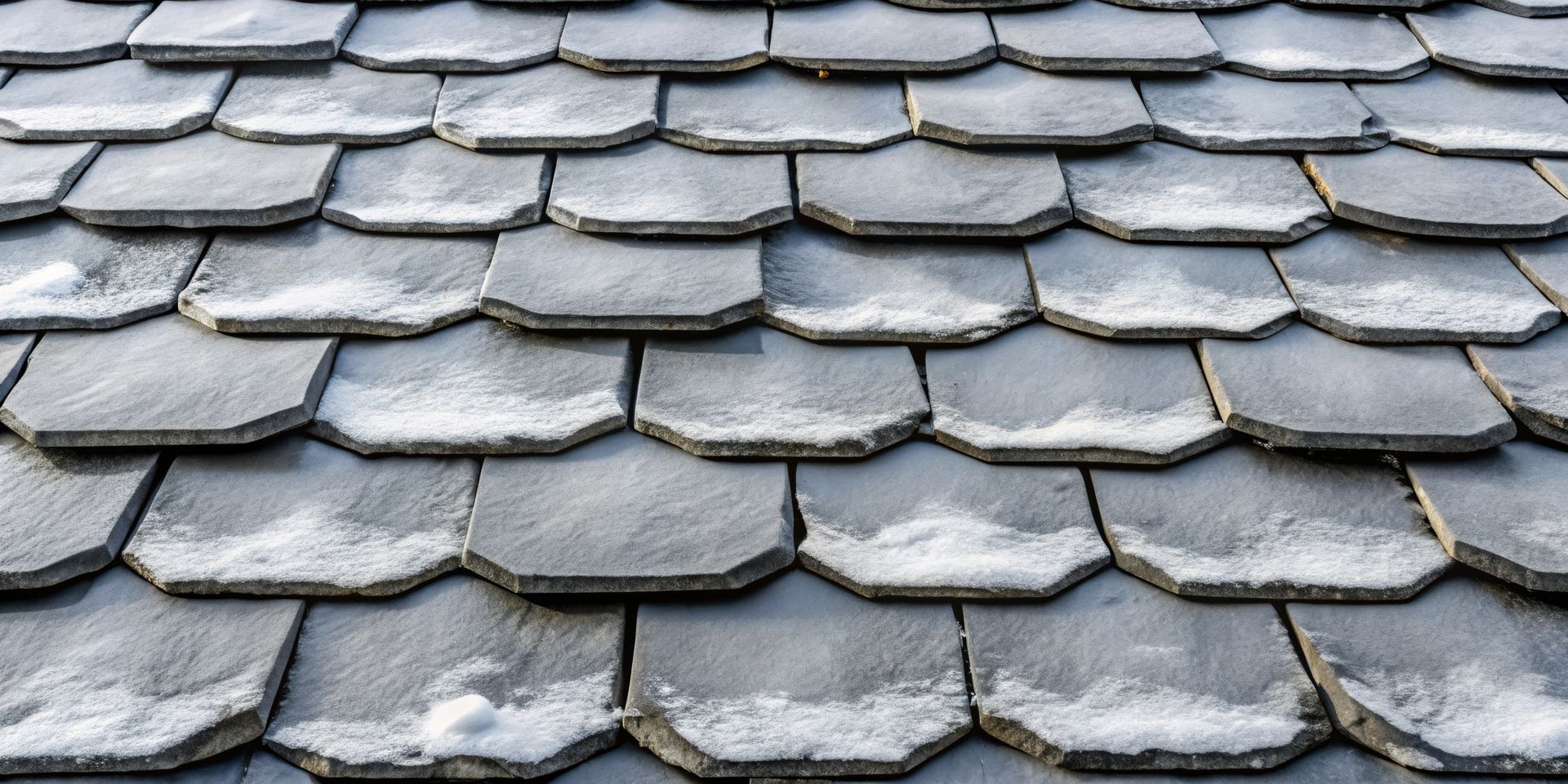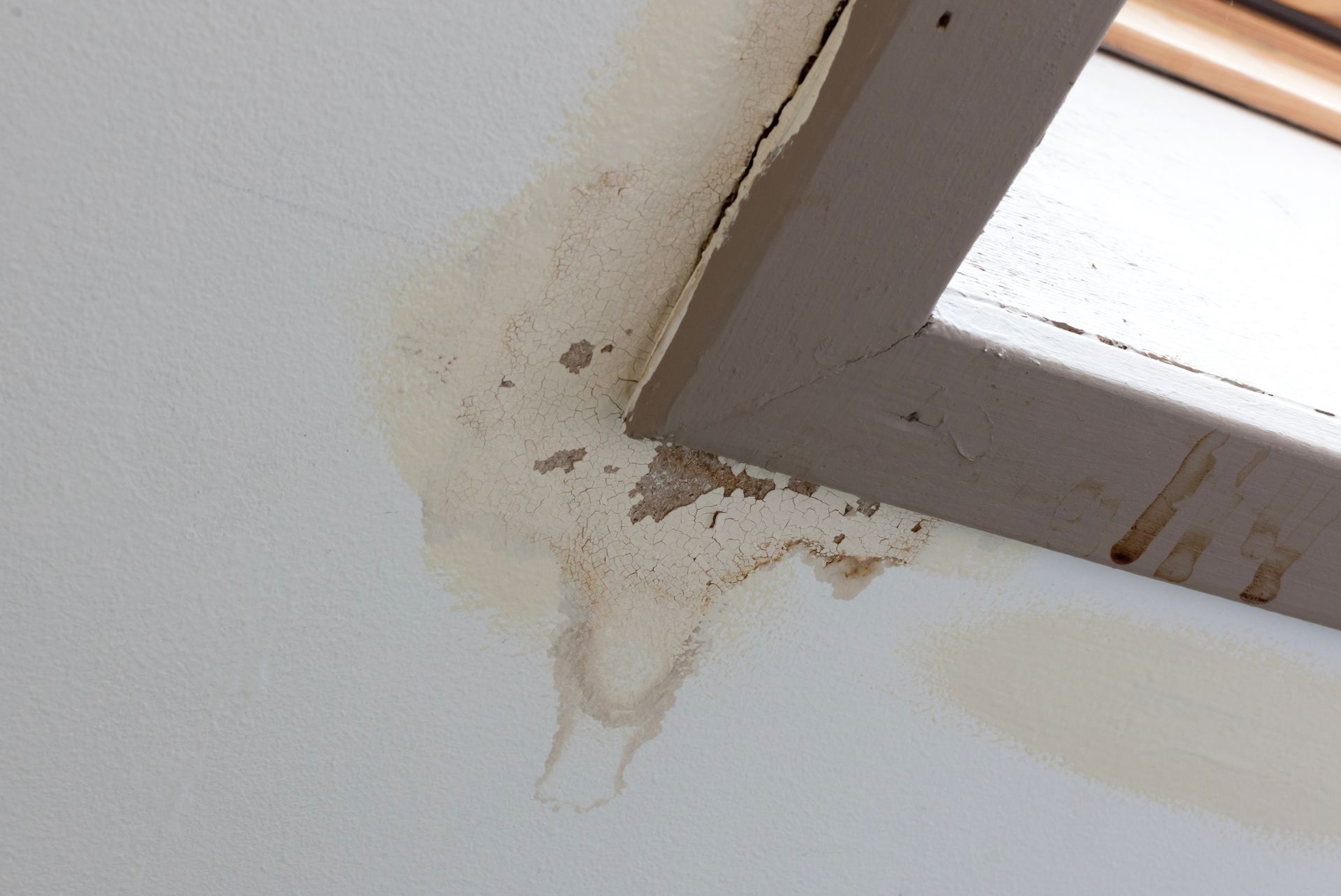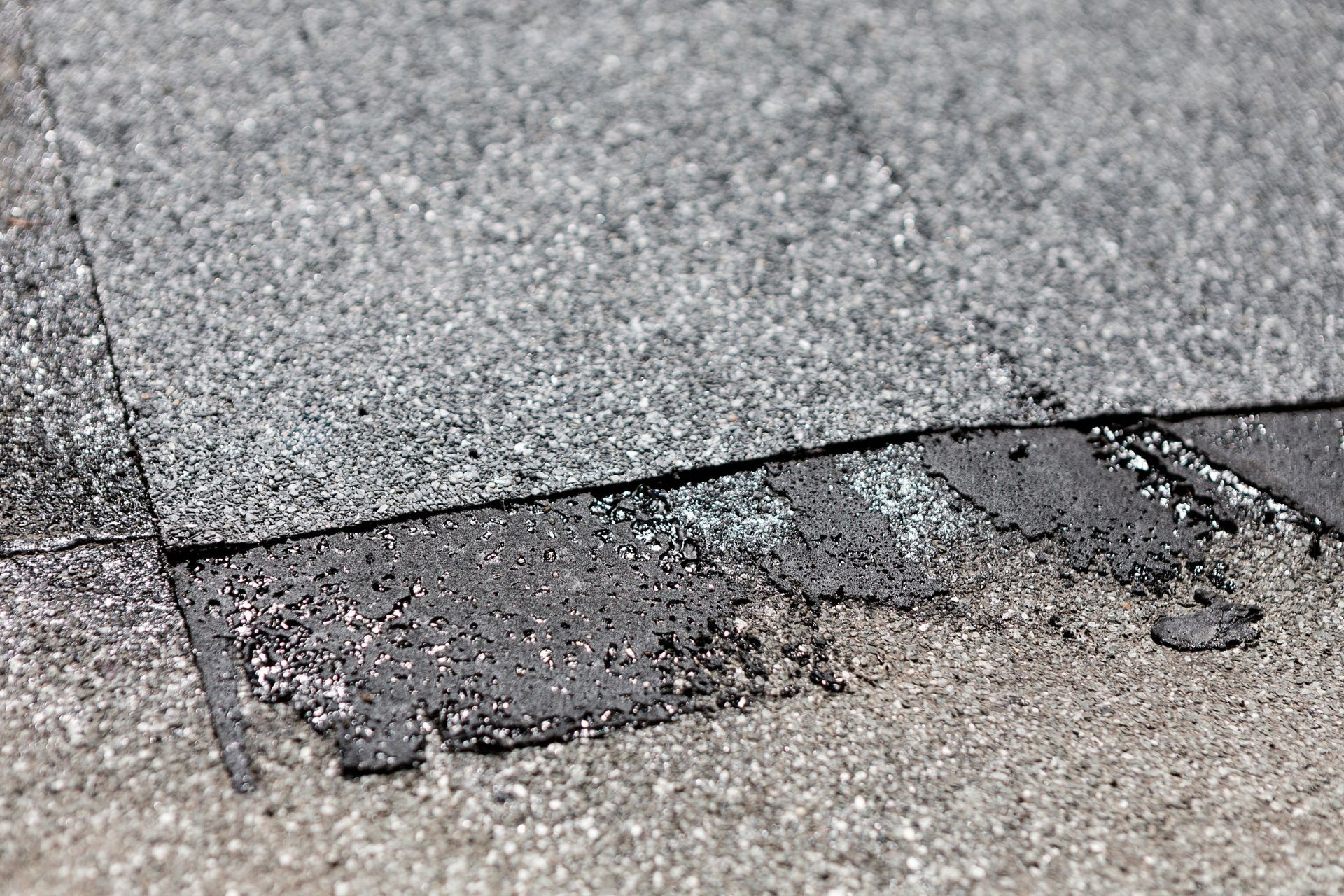Recognizing Early Signs of Winter Roof Damage

Winter weather can take a huge toll on your roof, with snow, rain and high winds potentially causing both visible and hidden damage.
Identifying and addressing these issues early can save you from costly repairs and ensure your home stays protected throughout the season.
Common Signs of Winter Roof Damage
Loose or Missing Shingles
Shingles act as your roof’s first line of defense against the elements. Strong winds, heavy snow and ice can loosen or completely dislodge shingles, leaving your roof vulnerable.
If you notice shingles that appear lifted, cracked or missing altogether, it’s time to call a roofer. Ignoring this issue can lead to leaks and structural damage.
Granule Loss
Granules on asphalt shingles provide protection from UV rays and improve water resistance. After a storm or heavy snow, check your gutters and downspouts for excessive granules. Granule loss indicates that your shingles are aging or have sustained weather-related damage, which can compromise your roof’s effectiveness.
Water Leaks or Stains
Water stains on your ceiling or walls are often the first visible sign of roof damage. These leaks can occur due to ice dams, broken shingles or improperly sealed flashing. Left untreated, water infiltration can lead to mold growth and other types of property damage. Prompt action is essential to prevent leaks from escalating.
Damaged Flashing
Flashing is the material installed around roof features like chimneys, vents and skylights to prevent water from seeping in. During winter, freezing and thawing cycles can cause flashing to warp, crack or become detached. A roofer should inspect these areas regularly and recommend repairs when they are damaged.
Sagging Areas
A sagging roof often indicates structural weakness caused by snow accumulation or prolonged water exposure. If your roof appears uneven or dips in certain areas, it could be at risk of collapse and requires immediate attention from a roofer.
What Causes Winter Roof Damage?
Heavy Snow and Ice Loads
Excessive snow and ice can add significant weight to your roof, leading to structural strain or collapse. Ice dams, in particular, can cause water to back up under shingles, resulting in leaks.
High Winds
Strong winds can tear off shingles, lift flashing and damage roof edges. Homeowners in Seattle, particularly those in parts of the Puget Sound area that are prone to snow, should have their roofs inspected for loose materials regularly.
Freezing and Thawing Cycles
Fluctuating temperatures can cause ice and water to seep into small cracks or gaps around flashing or shingles. As water freezes and expands, it worsens these vulnerabilities, eventually leading to leaks and other damage.
Preventative Measures to Minimize Winter Roof Damage
Inspect Before Winter
Schedule a professional roof inspection to identify and address potential vulnerabilities. A roofer can repair or replace loose shingles, repair flashing and ensure your attic is properly insulated and ventilated.
Clean Your Gutters
Clogged gutters can exacerbate ice dam formation and cause water to back up onto your roof. Regularly clean your gutters and downspouts to ensure proper drainage.
Trim Overhanging Branches
Snow and ice accumulation on tree branches can cause them to break and fall onto your roof. Trimming branches that hang over your home reduces this risk.
Invest in Snow Removal
Use a roof rake to safely remove excess snow from your roof after heavy storms. It’s best to avoid walking on your roof, as this can cause damage and put you at risk of injury. If you’re worried about snow buildup on your roof, it’s best to call a roofer or another professional that offers roof snow removal.
Why Early Action Matters
Delaying repairs can turn minor roof issues into significant problems. For instance, a single loose or dislodged shingle can lead to water infiltration, which can damage the underlayment, decking and lead to mold growth in your attic and home. Insurance companies may also deny claims for mold remediation or water damage repairs if they determine that neglect contributed to the problem.
By recognizing early warning signs and addressing them promptly, you not only protect your home but also extend the lifespan of your roof.
When to Call a Professional Roofer
If you notice any of the signs mentioned above, it’s time to call a trusted roofer. Attempting to repair roof damage yourself can be dangerous and may void your warranty. A professional roofing contractor has the expertise and tools to safely assess and repair your roof.
Choose Us for Reliable Winter Roof Care in Seattle, WA
Chet’s Roofing & Construction has been helping Seattle homeowners protect their homes from winter weather for years. Our team specializes in identifying and repairing all types of roof damage, from loose shingles to ice dam prevention. Whether you need an inspection, emergency repairs or a full roof replacement, we’re here to provide dependable service.
Don’t wait until winter roof damage becomes a major problem. Contact us today to schedule your inspection by calling (877) 611-1514.



